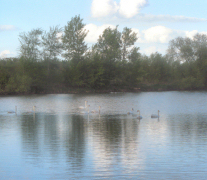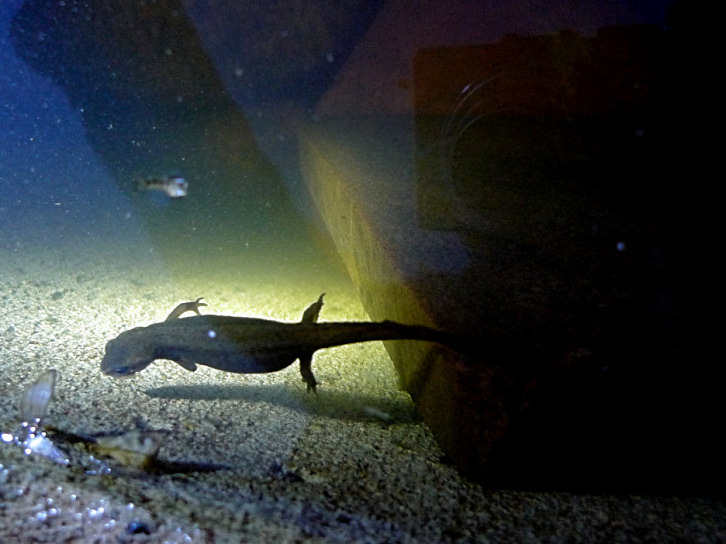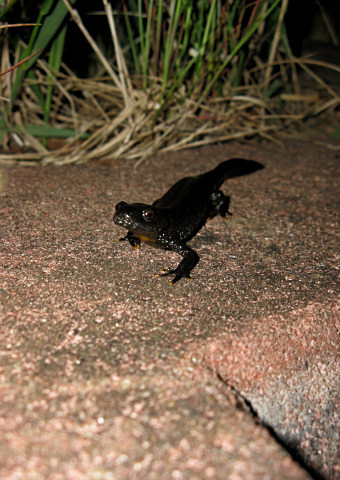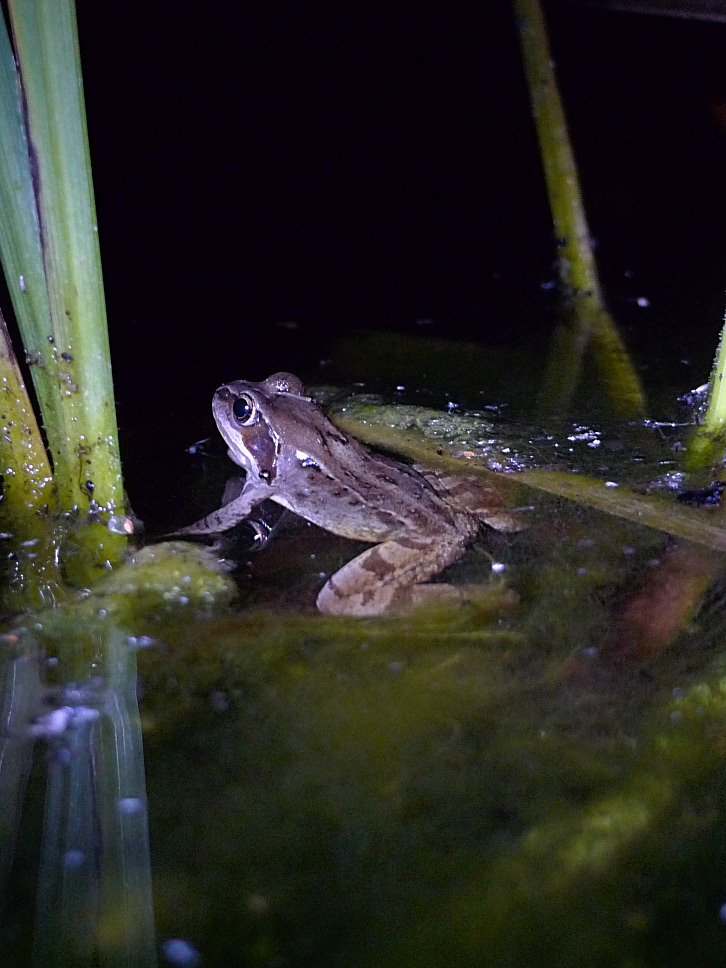

 |
|
 |
|
|
|
|
||
| Mysteries | |
 |
|
 Take a flashlight and go out a late humid evening in spring to discover the amphibian life! |
The newt lives is a secret life; we need to approach the darkness to learn more. They teach you during the night. There are many question marks regarding their lifestyle during summer close to their home water. How often and when do they leave the water, and when do they come back? Do they socialize with other newts on land? And if they have the choice, what kind of water body do they prefer? Their life in late autumn and winter is even more mysterious. With their poorly adapted feet, weak mouths, poor eyesight and a body that can’t retain its own temperature it is a mystery how they survive winter. They can hardly move and their skin needs to be moist during their whole winter-daze for 6 months. How is it possible? It is known that they can eat their own offspring, but when and why? In one of our mini dam with plenty of eggs and only one great crested newt over the whole summer, no larvae reached adult status. The other mini dam with the same size, 6 larvae survived even though there where 3 adult newts living there. Similar findings have been made in very large water bodies where large population of great crested newt has occurred and no larvae has survived. Imagine if we knew more and could aid these populations to grow again? |
 |
|
|
|
|
| © Peter Feuerbach |